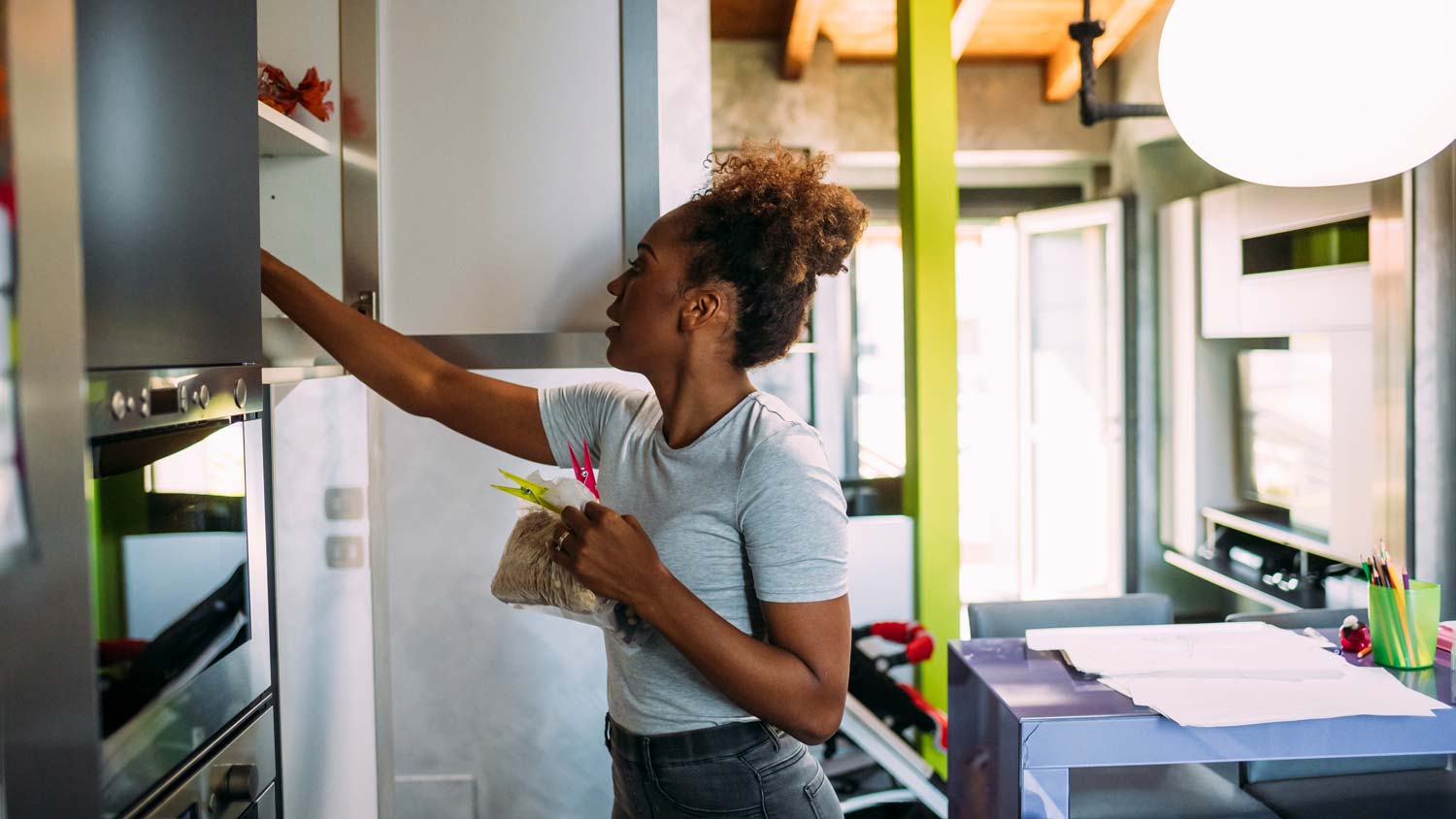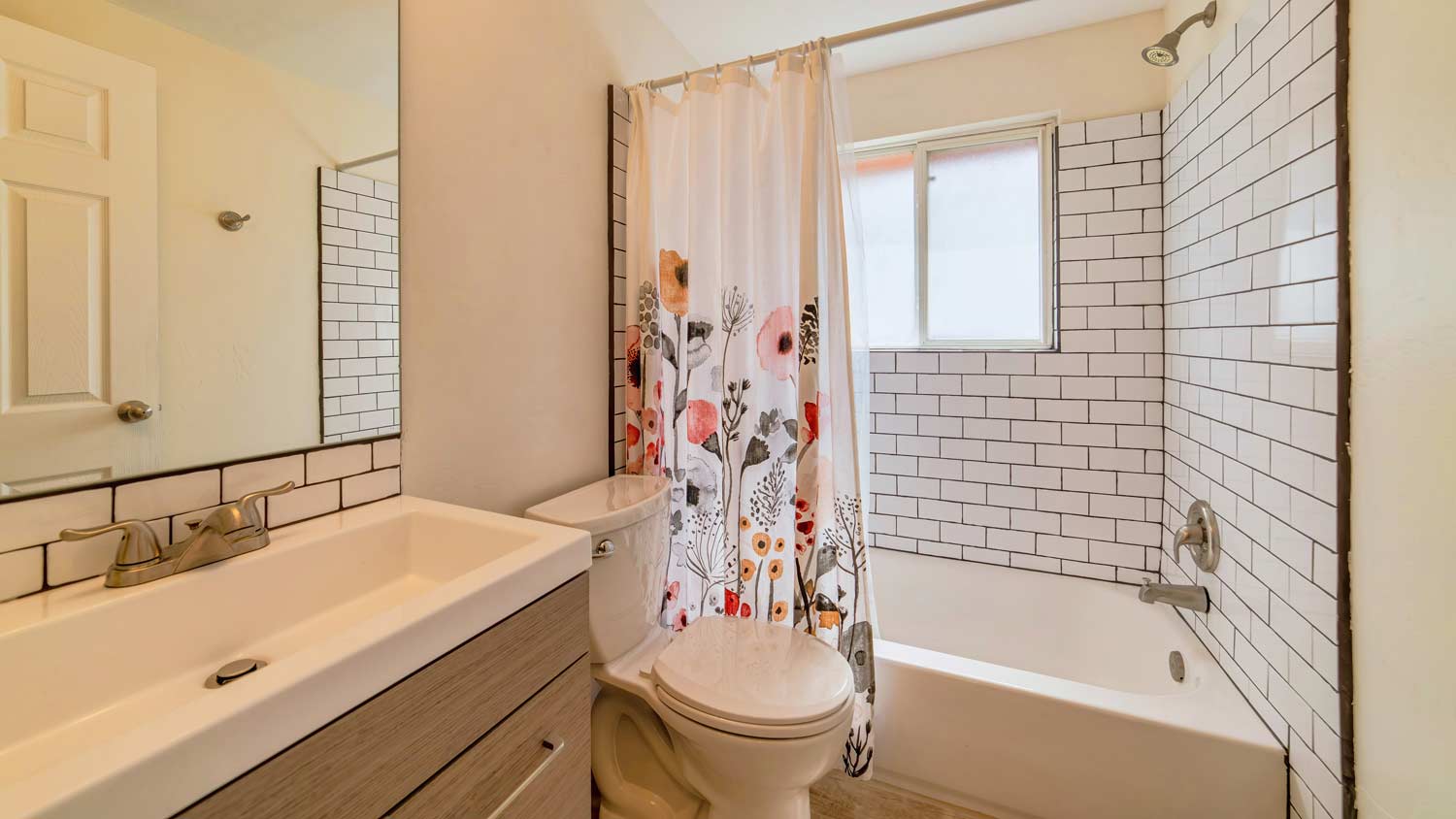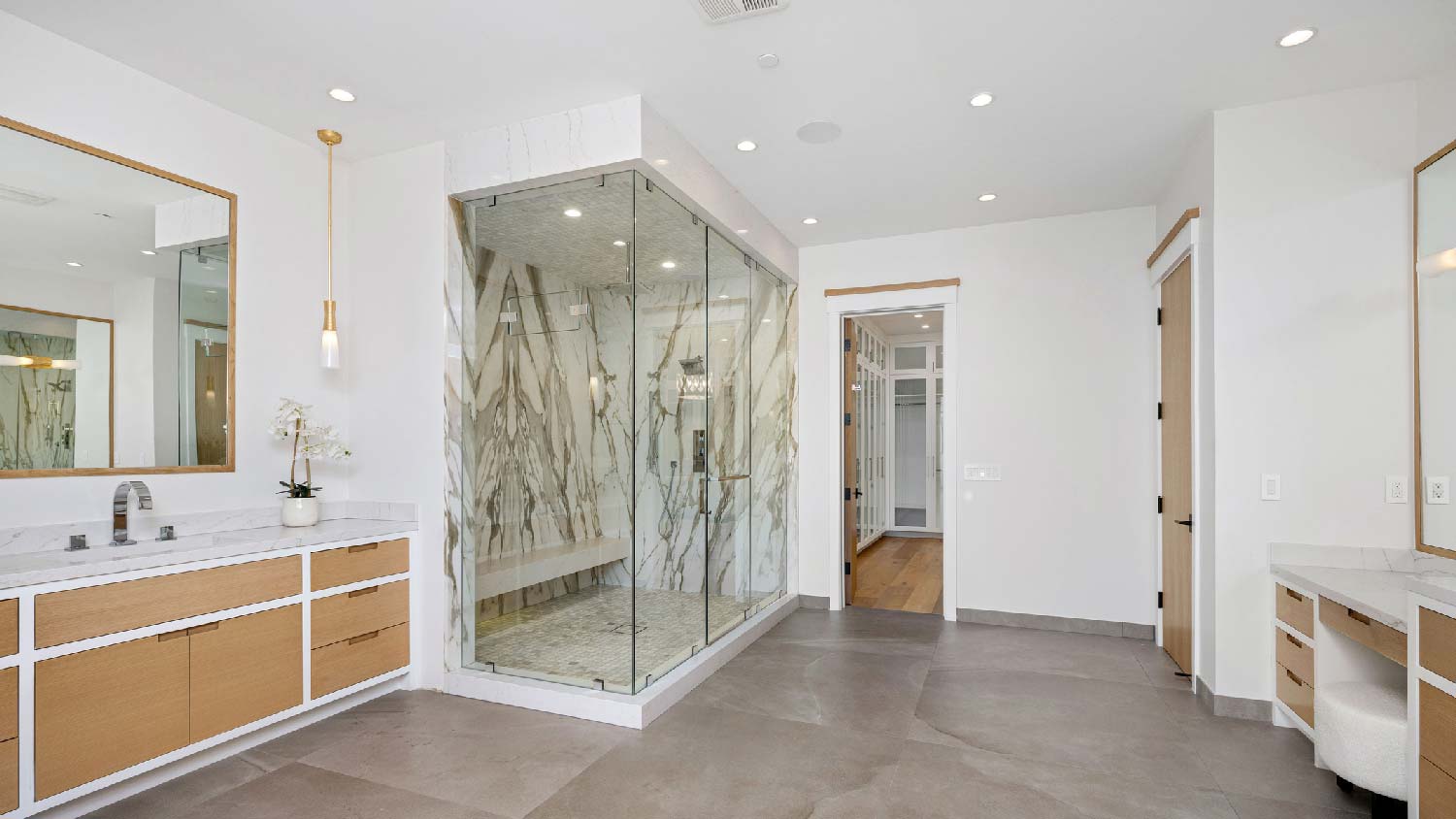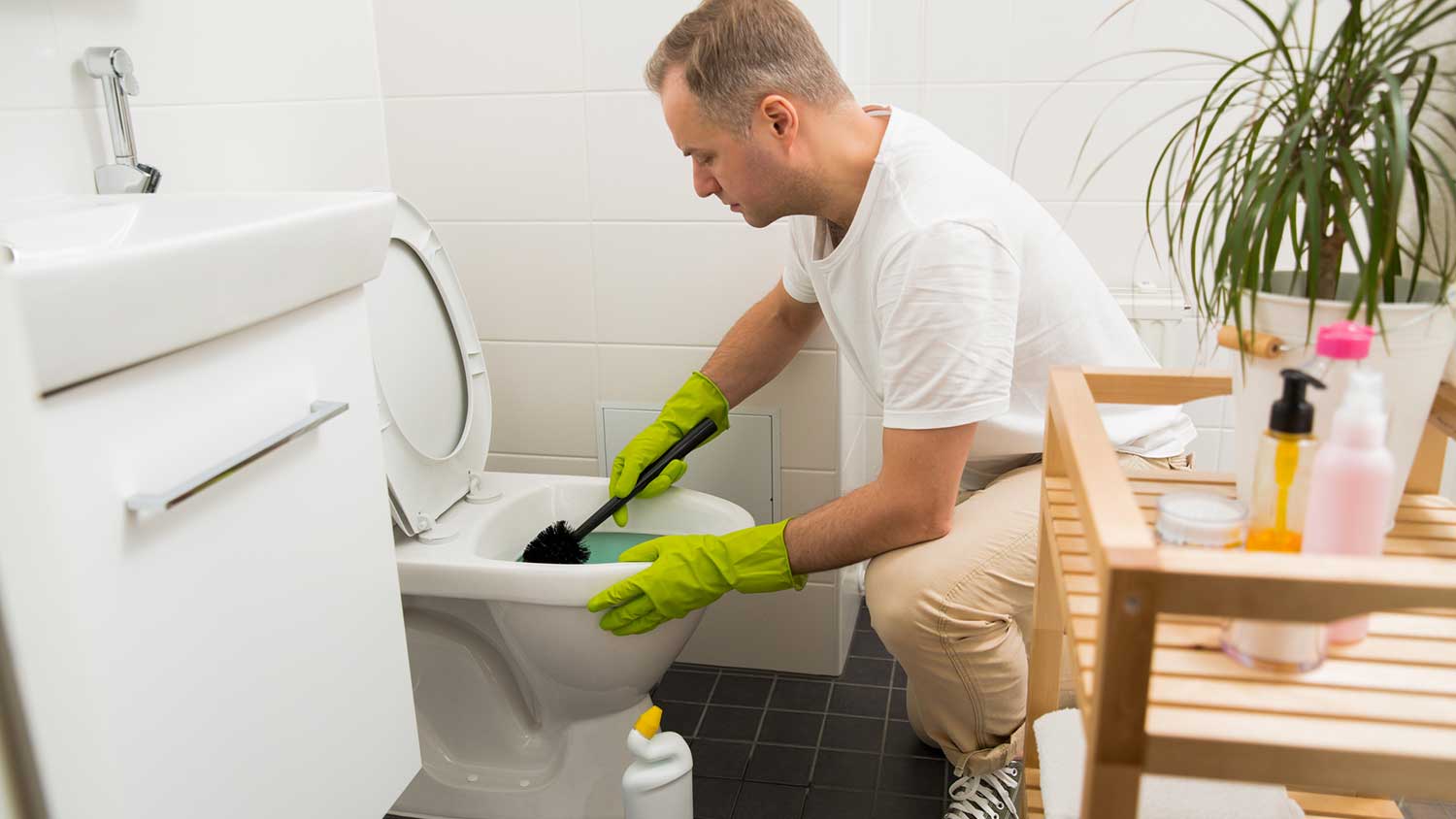What to Expect During the Mold Inspection Process
A mold inspection takes score of the spores in your home, so it's important to prepare


Limit ventilation, cleaning, and other practices that may distort mold test results.
Mold inspections will include a visual inspection and a lab test.
If your inspector discovers mold, they’ll guide you on what to do next.
The average mold inspection costs $650, or between $150 and $2,660.
Nobody wants to know that they have mold in their home, but catching it early means addressing the problem before it gets worse. If you suspect mold, a professional mold inspection is your first step in getting your home spore-free. Depending on where the mold is and the size of your home, a mold inspection can cost as little as $150 or as much as $2,660.
The mold inspection process is all about helping you breathe easier, so don’t hold your breath if you have any questions—your local mold testing pro will be happy to answer them. For now, here’s a general idea of what to expect.

How Do You Prepare for a Mold Inspection?
When you need a mold inspection, it’s all about ensuring potential spores are intact when the professionals arrive. Here’s what to do (and what not to do).
1. Shut Off Humidifiers, Dehumidifiers, and Air Purification Machines for 24 Hours
Air purifiers and dehumidifiers remove moisture and impurities from the air, which is counterproductive when detecting mold spores. Humidifiers enhance the moisture content in the air, which might accelerate mold growth and distort your results. To ensure your professional gets an accurate reading during the mold inspection process, shut off these devices for at least 24 hours before your appointment.
2. Close All Doors and Windows for 48 Hours
It might seem odd, but if mold is inside your home, you’ll want to provide the best conditions for it to grow and stay put for your appointment. By closing your doors and windows, you maximize the accumulation of any spores growing within your home, making them easier to pick up on.
3. Turn Off HVAC Systems For At Least Two Hours
HVAC systems circulate the air in your home, potentially diluting any mold spores in the air. Shutting them off for at least two hours before your appointment will help ensure the maximum concentration of spores for easier detection.
4. No Pruning, Trimming, or Lawn Mowing Outdoors
Part of your mold inspection involves a baseline assessment of the natural mold concentration in the air around your home. Any chopping, mowing, or pruning might disturb background mold and distort the baseline measurement.
5. Avoid Bathing or Showering For 12 Hours Before Your Appointment
Wherever there’s mold, there’s a moisture problem, which could be from a plumbing leak. Bathing or showering creates excess moisture, which makes it tougher to detect potential plumbing leaks if your professional discovers any mold.
6. Avoid Cleaning and Using Disinfectant Chemicals for 48 Hours
Vacuuming, dusting, and heavy cleaning may eliminate mold growth on the surfaces within your home, so you’ll want to avoid it for two days prior to your appointment. On the same token, avoid spray disinfectants, bleach, and similar chemicals as well. If you spot any substances you believe to be mold, resist the urge to bleach them or scrub them away with vinegar.
7. Pick a Day With No Rain in the Forecast
Rain is another factor that can distort your pro’s outside baseline mold assessment. Mold grows fast in the wet conditions following rainfall, so this might mask a problem if there are higher concentrations of mold in your indoor air.
8. Remove All Clutter and Obstacles
Your mold inspector will need access to all areas of your home, including the attic, so you should remove any obstacles or clutter ahead of time. Be sure to also clear the cabinets beneath the sink and all other areas where mold could be present.
What Happens During Mold Testing?

Once your mold inspector arrives, they’ll chat with you about any specific concerns and problem areas. Then, they’ll perform their assessment. Here’s a play-by-play of standard procedure.
1. Visual and Air Inspections
Your mold assessment starts with a walk-through by your mold inspector, where they will note any visual signs of mold growth. They’ll also keep an eye out for leaks and moisture problems that could be contributing to your spore count.
How carefully your pro needs to inspect your home will determine how long it takes. Normally, a mold inspection takes between two and six hours. They’ll check these areas:
Walls (bathroom, kitchen, and exposed foundation)
Wall cavities between the drywall and foundation
Windows and window sills
Fireplaces and chimneys
Enclosed attic spaces and crawl spaces
Air ducts and vents
2. Outdoor Baseline Assessment
The outdoor area surrounding your home has its own natural concentration of mold, which forms a baseline of what the level should be indoors. Your inspector will take an outside sample to compare to your indoor sample. If your indoor sample has a higher concentration, or a different type of mold present, they’ll know there’s an issue.
3. Lab Test
Once your mold inspector has samples, these will go under laboratory assessment. This will determine whether the substances are mold and, if so, what type of mold they are.
4. Guidance and/or Referrals to Outside Professionals
If your local mold inspector discovers any spores, they’ll guide you on how to prepare for mold removal. Whether that’s giving you instructions on addressing the issue yourself or referring you to a local mold remediation service, you’ll get a good idea of what to do next.
If you do have a mold problem, mold remediation costs $1,120 to $3,330 on average to remove.
How Long Does It Take to Get Mold Testing Back?
Your mold inspector might alert you right away if they suspect mold from their visual inspection. However, the actual lab analysis will typically take between 24 and 48 hours.
Frequently Asked Questions
Mold inspections are worth it because they can catch troublesome mold problems early before they get out of hand. It's worth it to address mold problems as soon as possible because mold can be hazardous to your health and cause damage to your home and its belongings. Mold testing and inspections are the best way to know if you have a mold issue in your house.
The biggest difference between black mold and regular mold is that black mold is considered toxic, and far more dangerous than regular types of mold. Black mold is a specific type of mold that appears green, gray, brown, or black. Exposure to the toxins in black mold can cause severe health issues, including respiratory problems, skin irritation, and headaches. While regular mold can also irritate your respiratory system, black mold can cause a more serious reaction. Black mold is less common than regular mold and tends to grow in severely water-damaged areas.















